Japan's Missile Defense Ships Will Now Be Multi-Role, Cruiser-Like
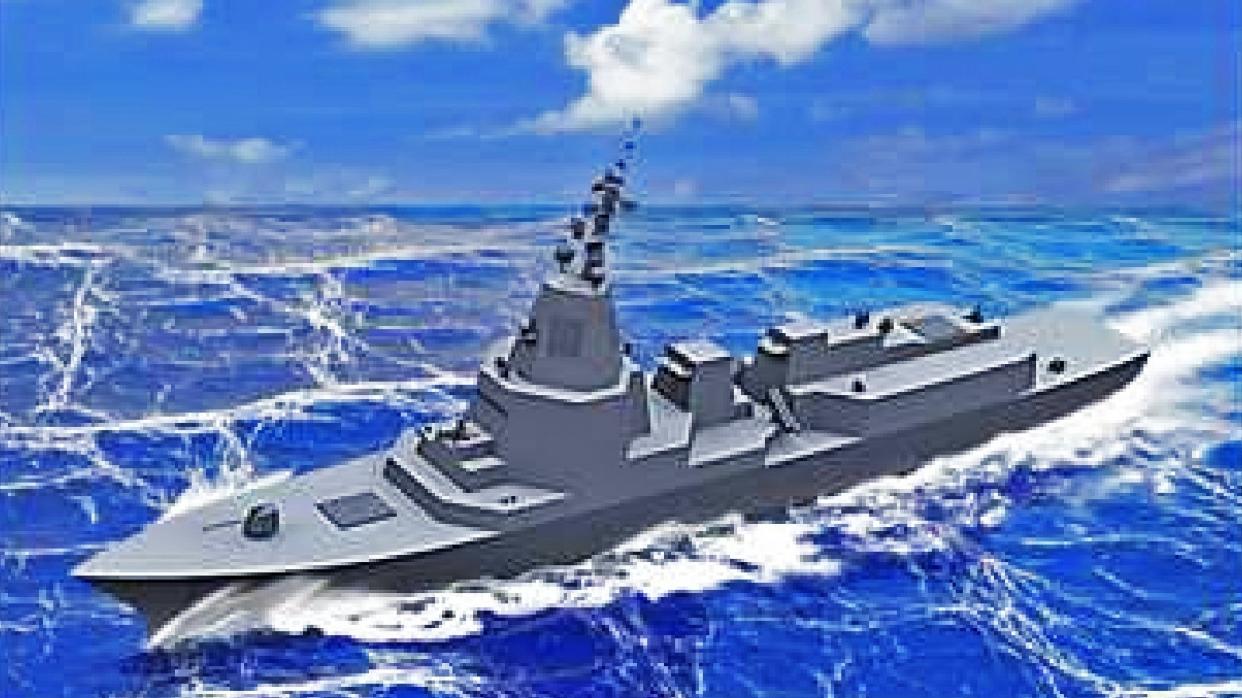
Japan’s fast-evolving plans to build two new ballistic missile defense, or BMD vessels have taken a new turn, with officials now focusing on a cruiser-like design that is more multi-role oriented. If realized, this class will be the biggest Japanese surface combatant since World War II.
While we always knew these vessels would be large, Japan had previously been looking at less flexible, purpose-built BMD vessels, which looked as if they would have much more in common with amphibious warfare ships, based on their hull forms.
The disclosures are included in Tokyo’s latest defense budget request, for fiscal year 2024, which was published today. This is also Japan’s biggest ever, at $52.9 billion, reflecting the urgency of keeping pace with rivals — especially China.
https://twitter.com/ryankakiuchan/status/1697190620581031936?s=20
Among the spending priorities in the defense budget request are the two Aegis system equipped vessels, or ASEVs, each of which is now expected to cost $2.6 billion.
A computer-generated artwork now shows a warship that’s similar in overall configuration to the Maya class — Japan’s latest in-service Aegis capable destroyers — but the new vessels will be significantly larger. The radar is also shown being housed above the bridge in an enclosed extension that would put it far above the waterline, giving it a longer view out to the horizon. Japan has prioritized mounting the radar arrays on its Maya, Atago, and Kongo classes as high as possible — at least compared to their Arleigh Burke class counterpart. But this would be a major feature that takes that practice much farther.
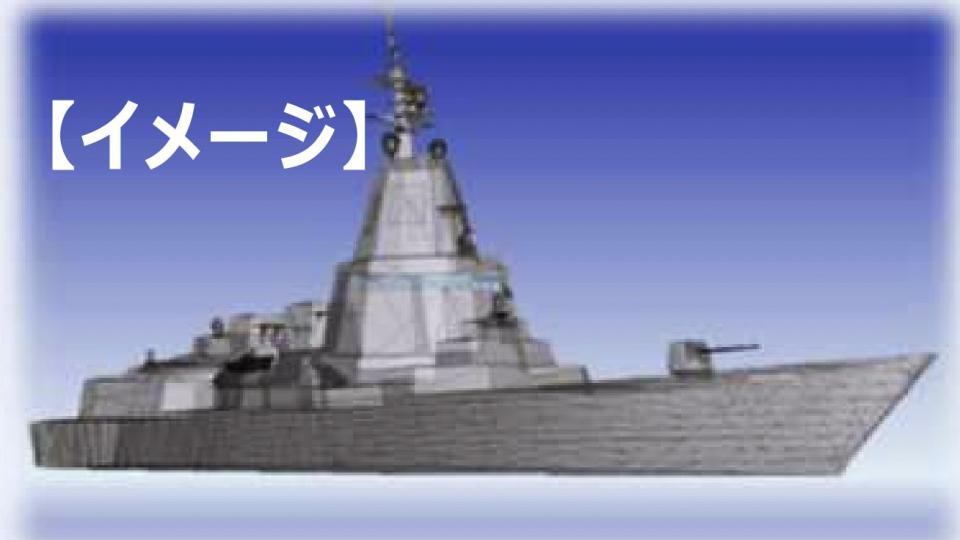
According to the Japanese Ministry of Defense, the new ASEVs will be around 620 feet long, with a beam of 82 feet, and a standard displacement of 12,000 tons.
In comparison, the Maya class design was a length of just over 557 feet, a beam of around 73 feet, and a standard displacement of around 8,200 tons.
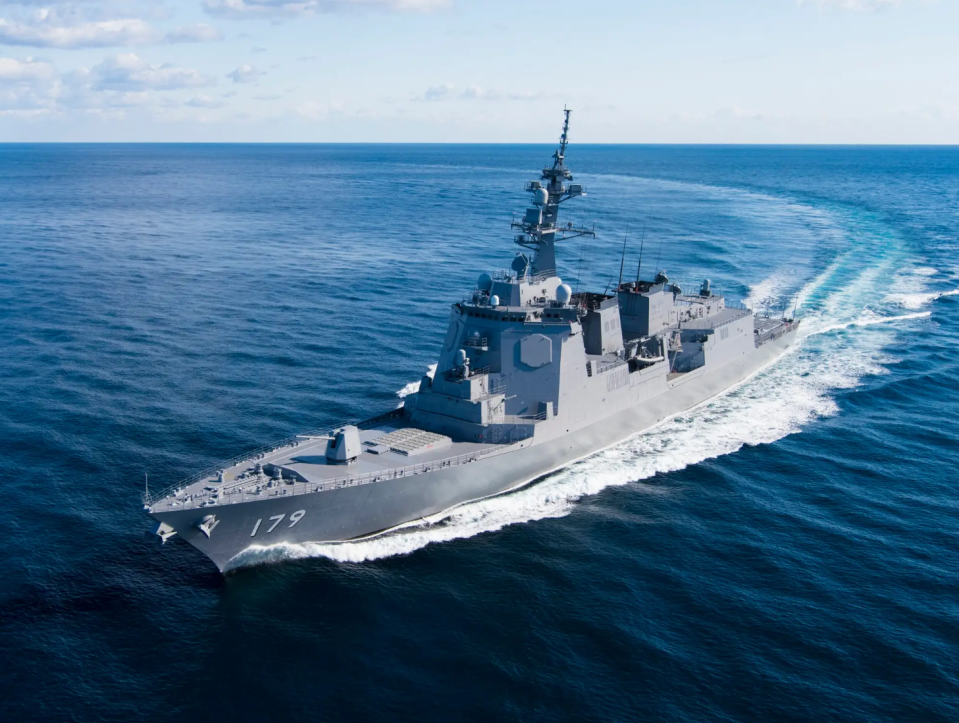
The U.S. Navy’s Ticonderoga class cruisers, meanwhile, are 567 feet long, have a beam of 55 feet, and a standard displacement of around 9,600 tons.
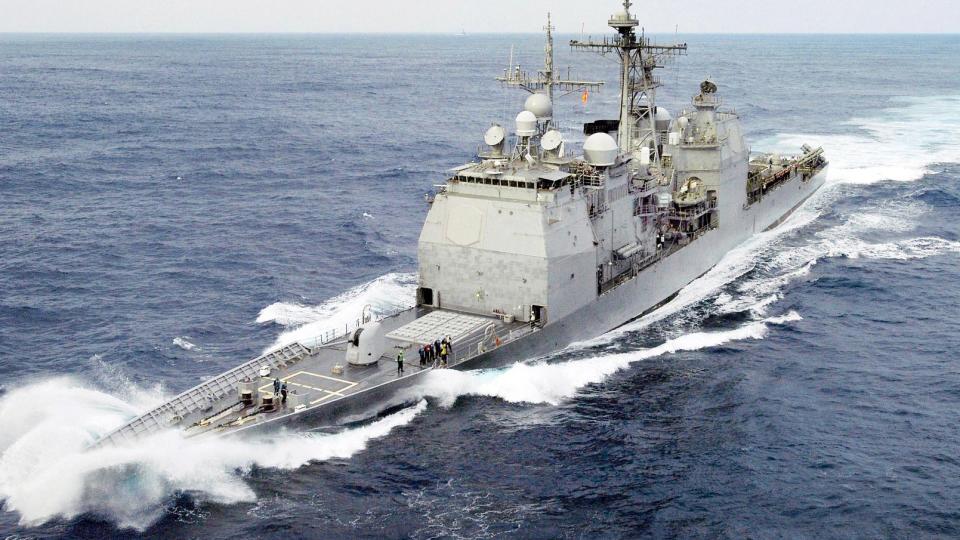
Size-wise, the Ticonderoga class is closer to the new ASEV design, but still significantly smaller. According to a report from Naval News, the Japanese Ministry of Defense also notes that these ships will be 1.7 times bigger than the U.S. Navy’s Flight III Arleigh Burke class destroyers.
When it comes to armament, the new ASEVs are now planned to have a much broader range of capabilities, compared to some of the earlier studies for these vessels.
At the center of the ships’ weapons system are the SM-3 Block IIA and SM-6 missiles for air and ballistic missile defense against a range of threats.
The SM-3 is a mid-course ballistic missile interceptor and the U.S. Navy’s primary BMD weapon and Japan is already a partner with the United States on the SM-3 Block IIA program.
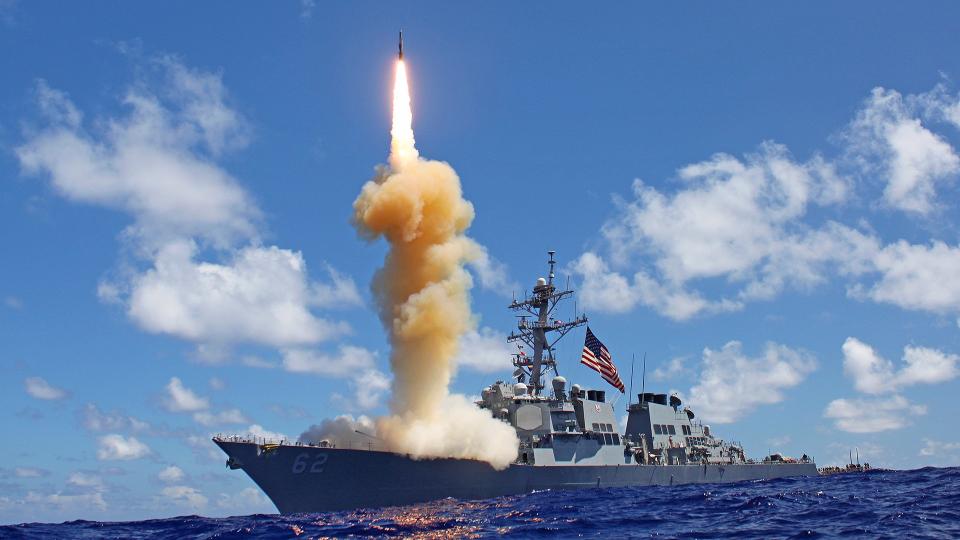
https://www.youtube.com/watch?v=gYb-sm24JUk
Meanwhile, SM-6 provides anti-air and anti-ship capabilities for self-defense, as well as terminal ballistic missile defense capabilities. Used as a complement to SM-3, it would be able to tackle ballistic missile ‘leakers’ that get through the primary line of defense, as well as anti-ship ballistic missile attacks on the ASEVs themselves. The SM-6 also brings a limited capability to intercept certain types of attacks by hypersonic weapons — it's currently the only weapon in the U.S. arsenal capable of doing so — as you can read about here. These new ships will take on a larger counter-hypersonic weapons capability as time goes on, including the addition of new weaponry.
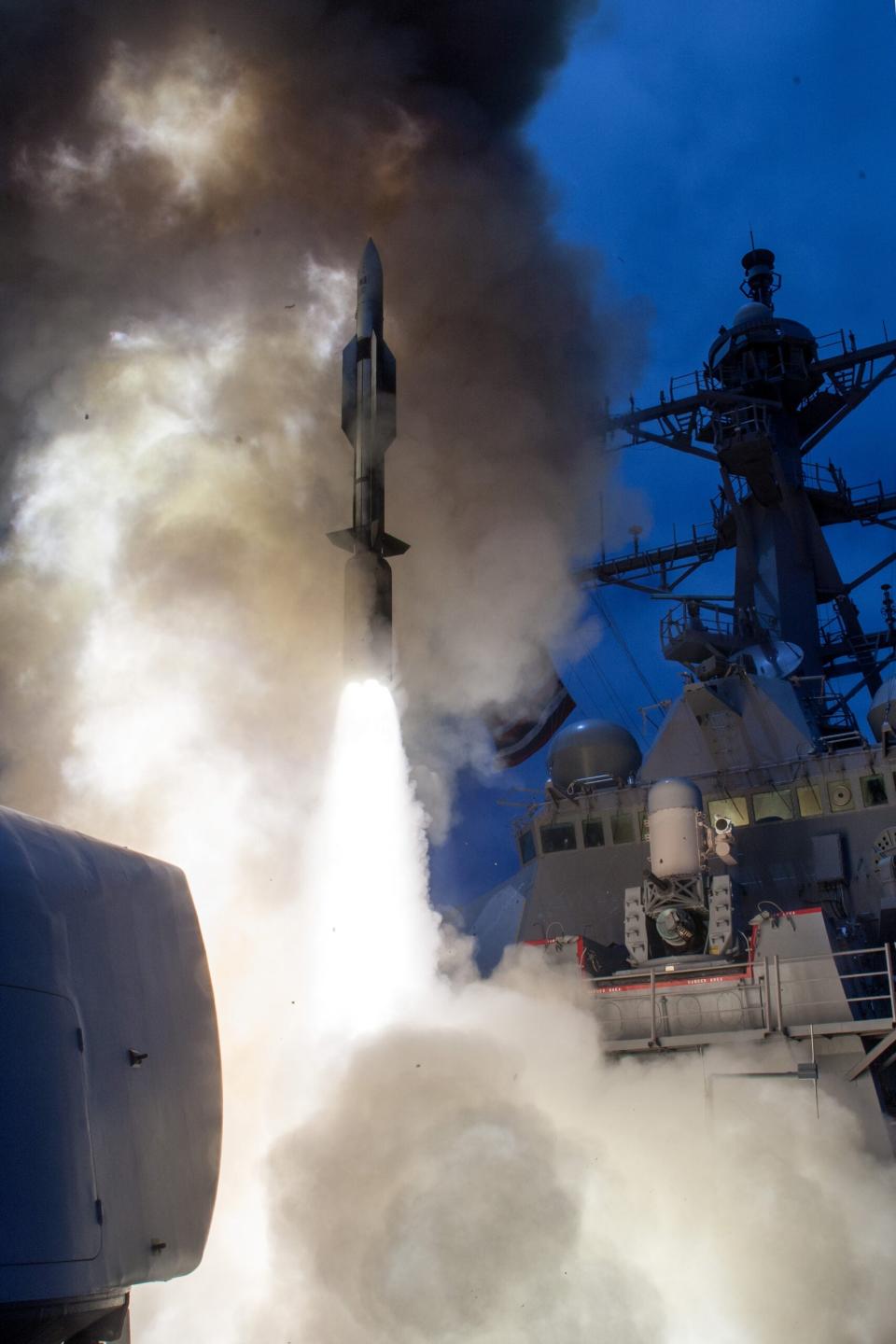
However, the Japanese Ministry of Defense says that the vessels will also include the new and much more capable version of the Type 12 anti-ship missile now in development. This gives them a kinetic capability beyond their anti-air/anti-ballistic missile role. Finally, from fiscal year 2032, the ASEVs are planned to receive a high-power laser weapon, primarily for use against hostile drones, while the U.S.-made Tomahawk cruise missile should also then be in service with Japan and well available for land attack and long-range maritime strike applications.

The SM-3, SM-6, and Tomahawk missiles will all be accommodated in 128 vertical launch cells. The artwork shows the Type 12s carried in angled launch tubes amidships.
The ASEVs are also armed with a dual-purpose gun of the forecastle, reportedly the same Mk 45 Mod 4 5-inch weapon as used on the Maya class, among others.
https://www.youtube.com/watch?v=hly9rlijjLM
Other details of the new ASEV include a crew complement of about 240, suggesting that a much higher degree of automation will be incorporated since the Maya class destroyer is operated by a crew of around 300. Crew size is a major concern for Japan currently, with serious recruitment problems making a smaller crew — and improved conditions for them — a necessity.
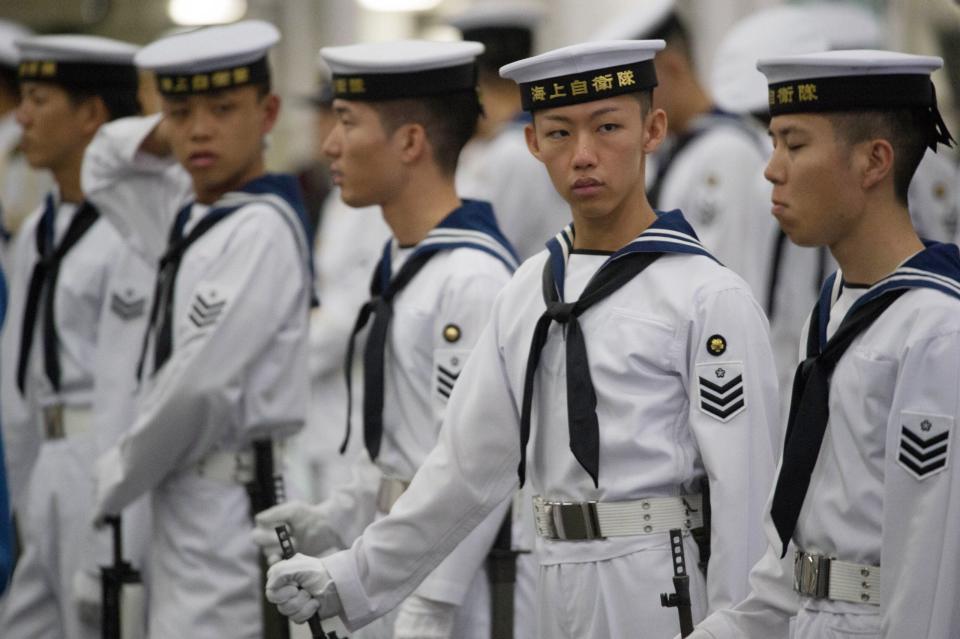
Under the current plans, the Japan Maritime Self-Defense Force (JMSDF) should receive its first AESV in fiscal year 2027, with the second vessel being handed over in the following fiscal year.
Aside from the two AESVs, key naval programs include the construction of 12 new 4,500-ton frigates, based on the Mogami class; further modifications to the two Izumo class helicopter carriers to allow them to embark F-35B short takeoff and vertical landing (STOVL) jets; development of a new electronic warfare aircraft based on the Kawasaki P-1; and joint development of the Glide Phase Interceptor (GPI) with the United States.
The AESVs remain, however, standout items in the budget request, and not just due to their size.
Japan’s efforts to expand its BMD capabilities — especially to defend against attacks from an increasingly belligerent North Korea — have taken several interesting turns throughout the years, ever since it canceled planned Aegis Ashore installations. This initiative was officially halted in 2020 amid a range of issues including budgetary concerns, technical problems, and public concern over the potential health impacts caused by its radar radiation.
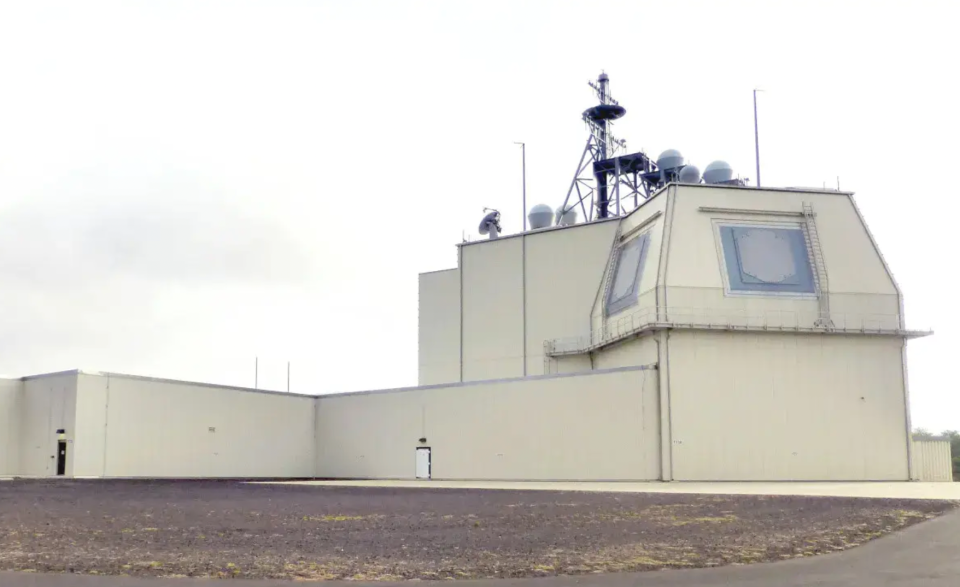
Aegis Ashore was superseded by plans to build BMD warships. In its budget request for fiscal year 2023, the Japanese Ministry of Defense provided details of these, including computer-generated artwork showing what these vessels might look like, as seen below:
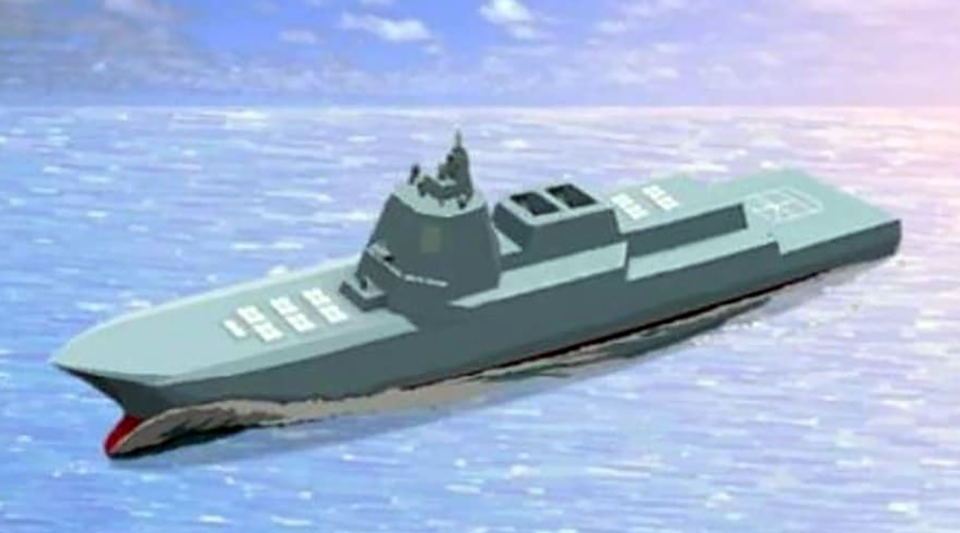
As we explored at the time, the previous AESV concept involved a vessel that was around 690 feet long and with a beam of around 130 feet. The overall appearance of the AESV, at this time, was notably similar to the BMD ship concept for the U.S. Navy, which was in turn based on the LPD-17, or San Antonio class amphibious transport dock.
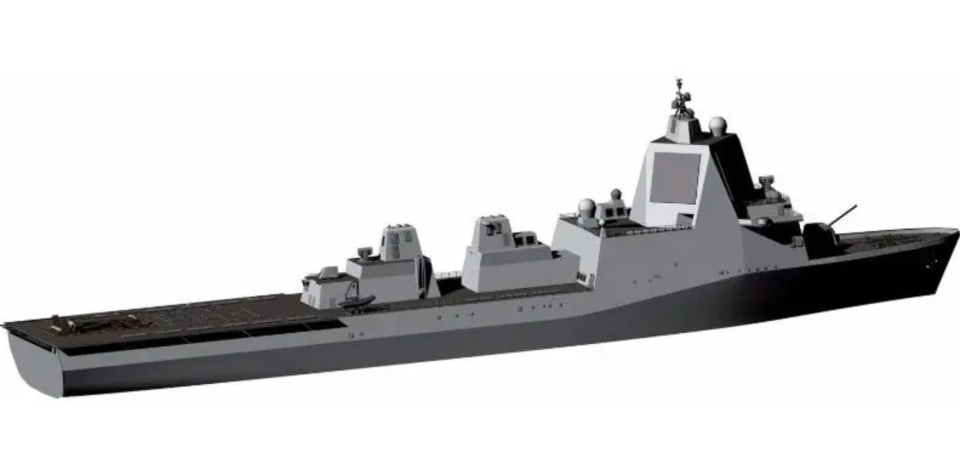
https://twitter.com/Modkai2/status/1170553374384672768?s=20
In many ways, this earlier Japanese concept was the logical conclusion of taking Aegis Ashore capabilities and putting them afloat, making them more versatile and survivable. Such a vessel didn’t need to be fast or capable of other missions, essentially being a floating platform for a very powerful Lockheed Martin AN/SPY-7 active electronically scanned air search radar and a large number of missiles.
https://www.youtube.com/watch?v=QLhwtXeQrBo
At the same time as the LPD-style BMD ship was being mulled, there were other reports that suggested that the ships may end up more closely resembling the Maya class destroyers. It seems that this has now happened, although that’s not to say that its dimensions and appearance could change again, depending on updated requirements and operational needs.
To help answer the question of why Japan has switched from the LPD-style design to one much more akin to a conventional surface combatant, The War Zone spoke to Alex Luck, a defense analyst, and longtime observer of defense technology development in East Asia.
Luck sees the change as making a lot of sense, especially as the JMSDF becomes increasingly concerned about overall fleet numbers and individual combatant capability. Rather than being dedicated BMD platforms, the new designs are much more multi-role, meaning that they will serve as follow-ons to the Maya class — and not simply serve as “sea-mobile Aegis Ashore platforms.”
https://www.youtube.com/watch?v=T7LOqGF3zXg
That means the JMSDF can keep adding to its Aegis-equipped surface combatant fleet, which currently comprises eight ships in total: two Maya class, two Atago class, and four Kongō class destroyers, all of which can be read about in this past War Zone piece.
“Pouring funding into a very dedicated BMD design primarily concerned with the North Korean threat is now looking less desirable than five years ago,” Luck contends, “So now, instead, they have de facto changed this development to a successor for the Maya/Kongo classes instead, just with a stronger focus on ballistic missile defense.”
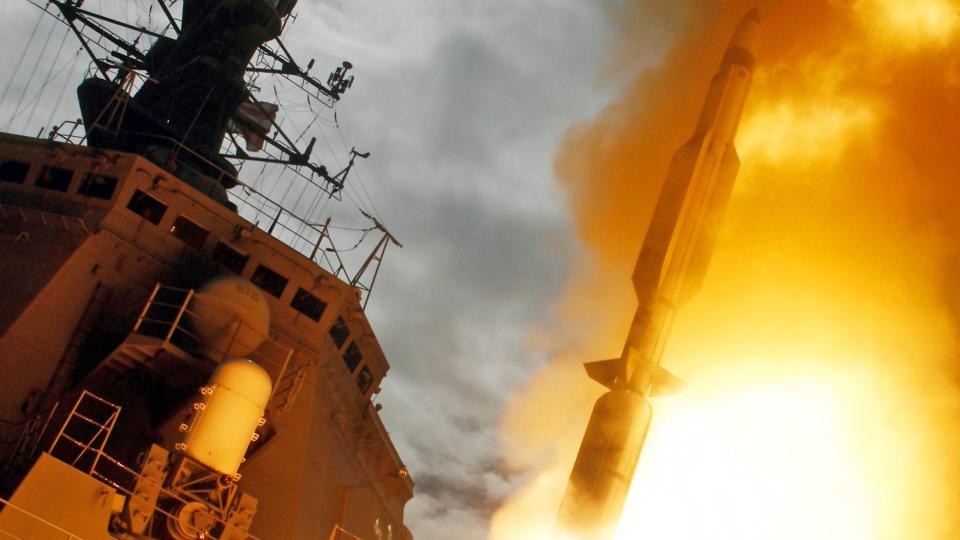
With BMD still being a key requirement, the AESV needs a larger hull to address what Luck describes as “increasing issues with regard to power generation, space and weight reserves, while at the same time providing future growth for upgrades and evolution.”
As Luck further points out, the Maya and preceding destroyers are essentially still Arleigh Burke class derivatives and therefore suffer from the same basic problem as the Arleigh Burke Flight III, i.e. they are a ‘maxed out’ design, with little capacity to add new capabilities and additional VLS cells. As Luck explains, “A new, substantially larger hull is needed to address this but also provide good performance at sea in delivering other capabilities, such as air defense for the fleet via SM-3/SM-6 and Cooperative Engagement Capability (CEC), surface (via the Type 12 anti-ship missile) and, possibly, land attack later on.”
Having a larger fleet of versatile surface combatants is largely driven by Tokyo’s well-founded concerns about the fast-growing Chinese People’s Liberation Army Navy (PLAN).
This also brings up another interesting contrast between the latest AESV design and the PLAN’s Type 055 ‘super destroyer,’ a warship you can read more about here.
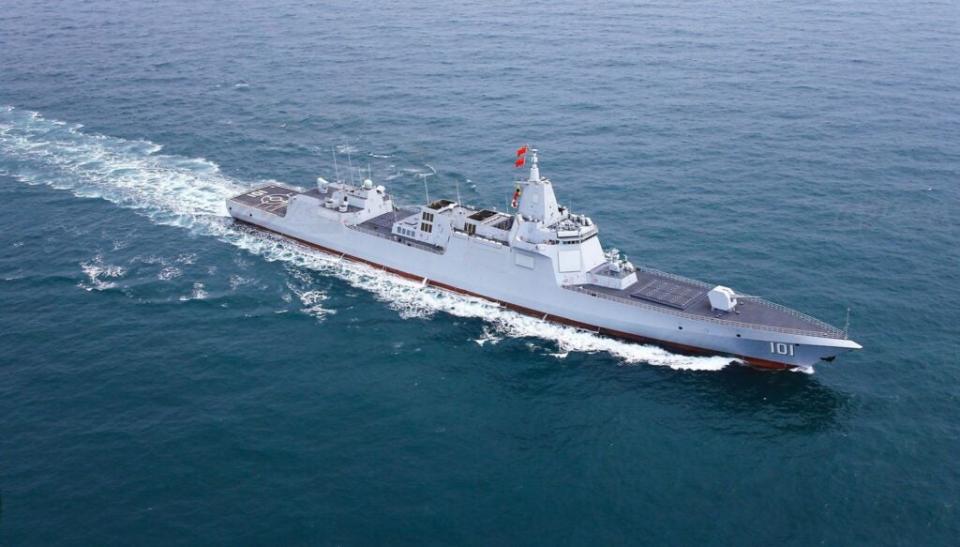
Alex Luck also offered his thoughts on this comparison. “They are of roughly similar size, and I expect the Japanese hull to probably come in at more than the stated 12,000 tons full load. They are both indicative of a global trend to transition the missile destroyer to a missile cruiser, because of the stated need for more power and space accommodating equipment and increasing VLS count.”
There will be a difference, however, in that the new Japanese warships will likely be more focused on their core competency of missile defense, while the Type 055 covers a broader range of roles, including in support of carrier strike groups, but also operating at the heart of surface action groups. At the same time, the Type 055 is already a far more numerous design, thanks to China’s startling shipbuilding capacity.
For Japan, the latest AESV iteration appears to offer a blend between the need to strengthen the nation’s ballistic missile defenses, in light of the threats posed by China, North Korea, and Russia, and also to expand the size and flexibility of its fleet of surface combatants as it finds itself increasingly outpaced by China in the maritime domain.
Contact the author: thomas@thedrive.com

